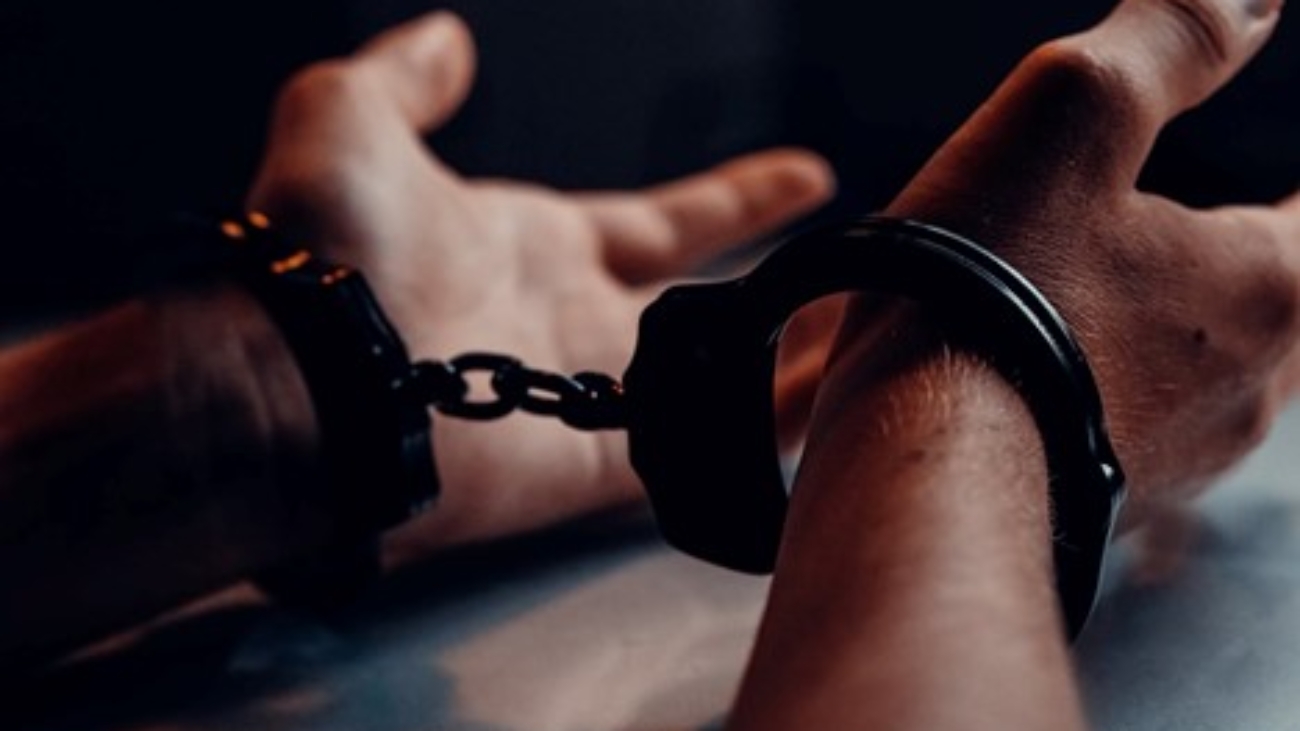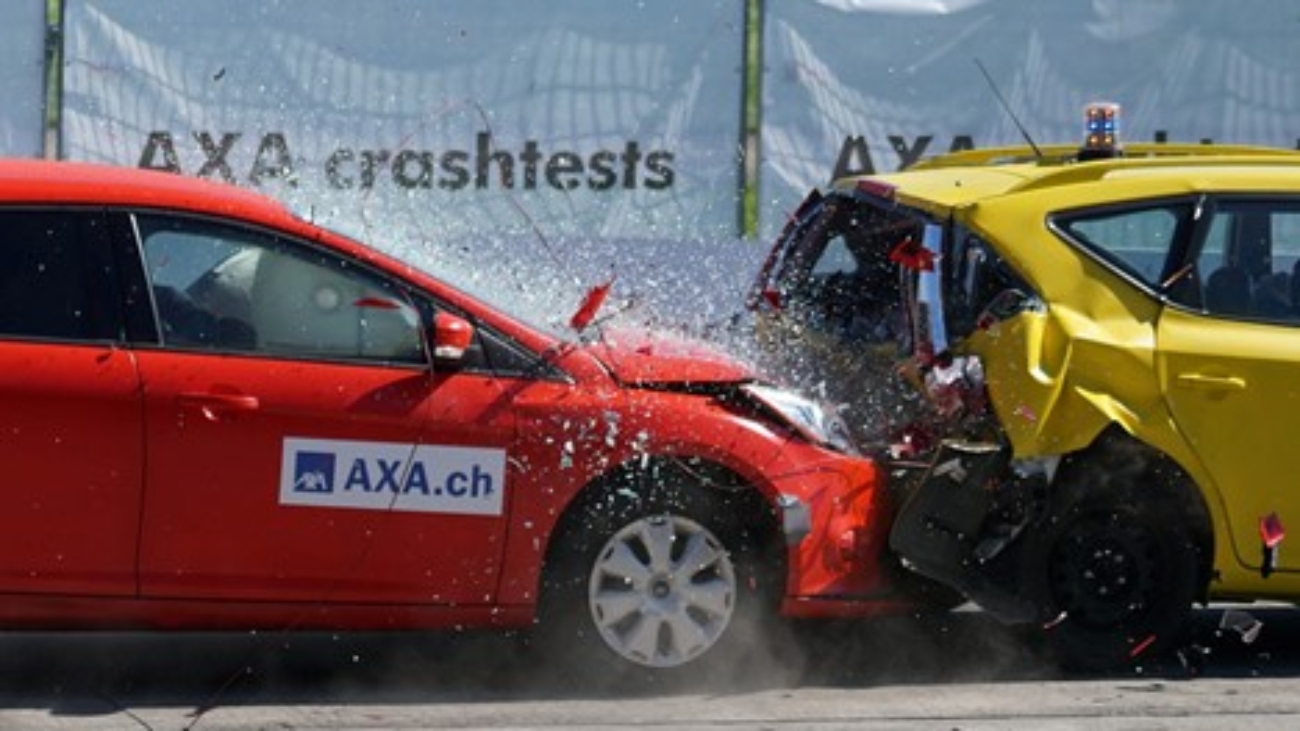In personal injury law, some stories are easy to tell—broken bones, lost wages, medical bills. But what about chronic pain? The loss of a limb? A lifetime of trauma that never quite leaves? Those are non-economic damages, and in Maryland, there’s a cap on what you can claim for them.
But that could soon change.
In early 2025, state lawmakers introduced House Bill 113, a proposal to eliminate Maryland’s long-standing cap on non-economic damages in personal injury cases. For catastrophic injury attorneys and the clients we serve, it’s a potential game-changer—one that acknowledges the real cost of suffering that doesn’t come with a price tag.
What’s the Cap Right Now?
Currently, Maryland law limits non-economic damages (pain, emotional distress, disfigurement, loss of companionship) in most personal injury cases. As of 2024, that cap stood at $935,000, adjusted annually for inflation. In wrongful death cases with multiple claimants, the total max increases slightly, but the principle is the same: no matter how severe the injury, there’s a ceiling.
That cap has stood for decades—despite growing medical costs, evolving trauma research, and pushback from advocates.
What HB 113 Aims to Do
HB 113, introduced during the 2025 legislative session, seeks to eliminate this cap entirely. If passed, it would:
- Allow juries to award unlimited non-economic damages based on case-specific facts.
- Bring Maryland in line with jurisdictions like New York and Pennsylvania, which do not impose such caps.
- Reflect modern understandings of emotional trauma and long-term suffering.
Proponents argue that the cap unfairly limits justice for those who suffer most—particularly in catastrophic injury cases where physical and emotional harm often outweigh economic losses.
As dcmdlaw.com notes, many catastrophic injury attorneys believe the cap “undervalues pain” and shields negligent actors—especially large corporations and hospitals—from full accountability.
Why This Matters for Victims
Imagine surviving a traumatic brain injury or third-degree burns. You might lose your job, sure—but you also lose independence, intimacy, peace of mind. These aren’t abstract harms. They’re real. And they shouldn’t be capped just because they’re hard to quantify.
At The Lincoln Law Firm, we’ve represented clients whose lives were permanently changed by someone else’s negligence. For them, that damage goes far beyond bills. They deserve the chance to tell their story to a jury—and for that jury to decide the value of what they’ve lost.
HB 113 gives juries that power back.
Legal Community Response
Not surprisingly, insurance defense groups are pushing back. According to F&P Network, industry advocates argue that lifting the cap could lead to “excessive and unpredictable verdicts,” driving up costs across the board.
But plaintiff-side attorneys say the current cap is arbitrary and outdated. As Patch.com reported, some lawmakers have called it “a slap in the face” to victims of medical malpractice or reckless drivers.
This debate isn’t new—but the political climate in 2025 may finally be shifting. With neighboring states adopting more flexible models, Maryland is under pressure to reconsider its approach.
Whether HB 113 passes or stalls in committee, it signals something important: Maryland’s legal community is rethinking how we value harm. For catastrophic injury clients, that conversation is long overdue.
At The Lincoln Law Firm, we’ll be watching this legislation closely—and continuing to fight for outcomes that reflect not just the costs you can see, but the pain you can’t put a number on. Because real injury isn’t always visible. And justice shouldn’t be capped.


